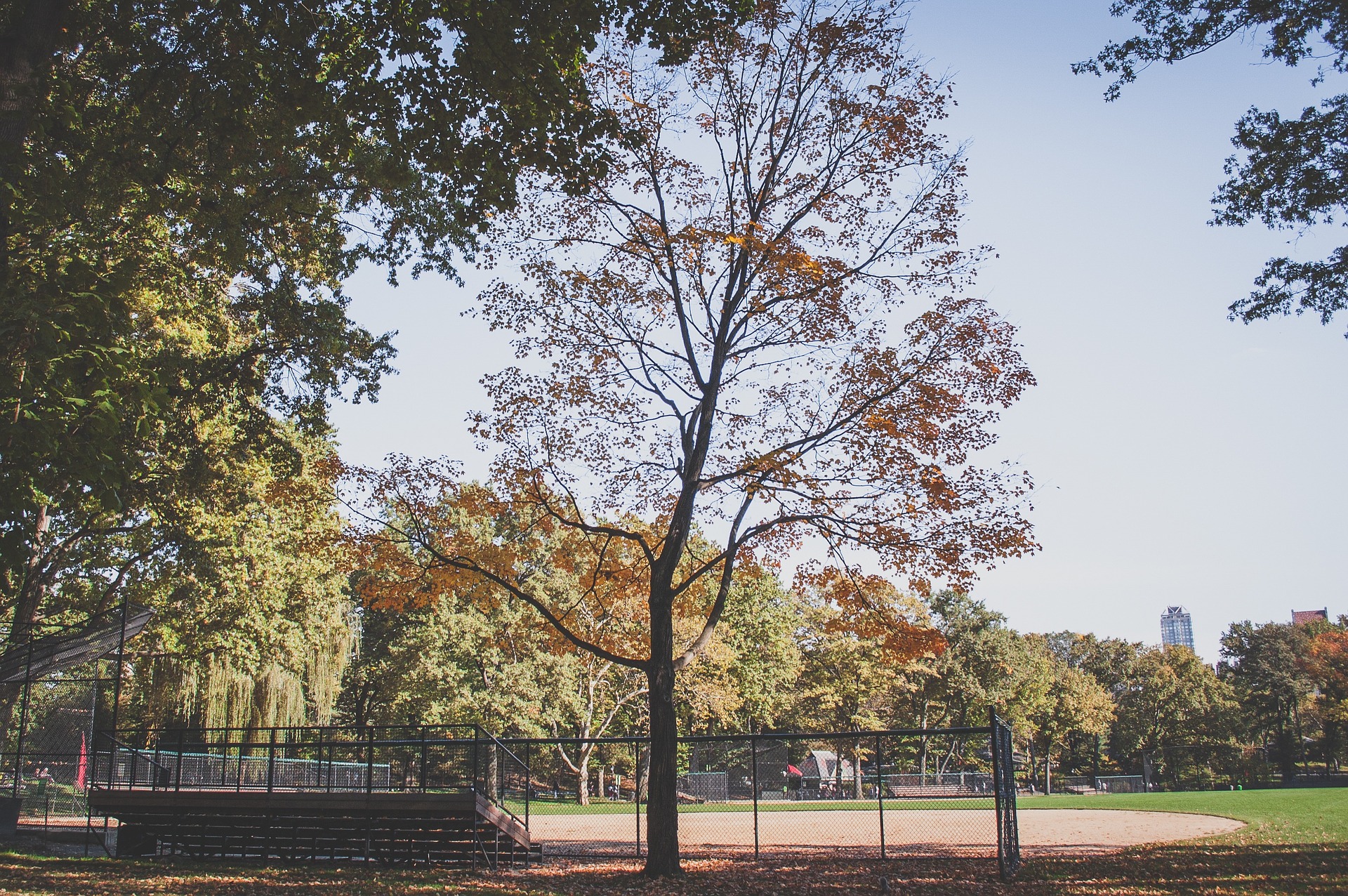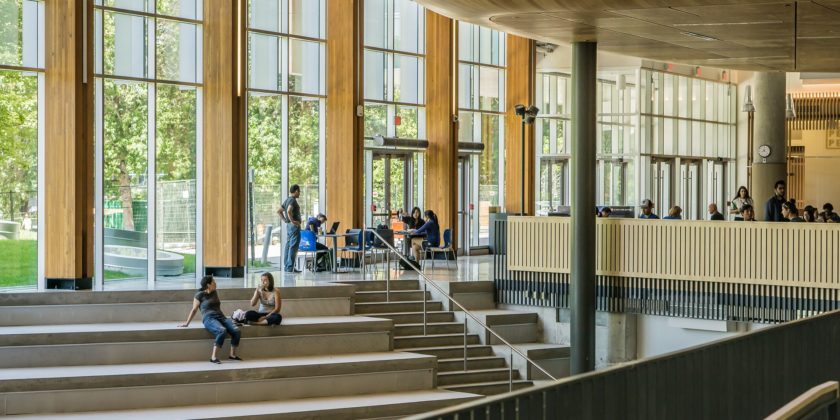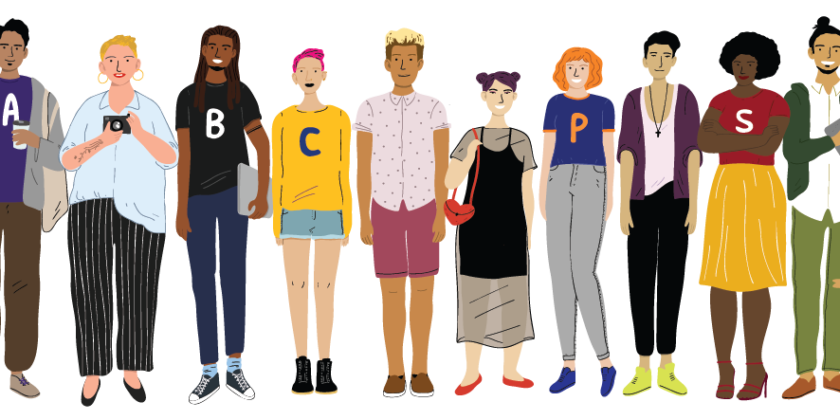Attend NJACAC’s first annual LGBTQ+ College Fair (Sign up here!)!
From the New Jersey Association for College Admissions Counseling:
NJACAC has organized college fairs and college readiness events for decades, but we had yet to build a safer space for LGBTQ+ students to freely ask the questions that are most important to them. Will I fit in at this institution? Can I see myself as a student there? Will I matter?
Each school in attendance today has taken an active step in building its LGBTQ+ communities. By participating in this fair, they have acknowledged wanting LGBTQ+ students in their greater communities. Additionally, we have utilized the Campus Pride Index to showcase an objective rating as to where the policies of each institution fall in terms of LGBTQ+ friendliness. The Pride Index is always a good place to start with your search but it should not be the only place you look.
At this fair, please ask questions. In a heteronormative society, it can be challenging to envision yourself in different places. Take this time to explore these schools. Ask the representatives about the experiences you hope to have. Share your concerns about the barriers you may face. Follow up with the representatives after this event and when it’s safe to, if you are able to, go see those campuses you liked in person.
We hope after this event, you are one step closer to obtaining what every student hopes to find in a college; the best fit for you.
Sign up here!
In addition to the college fair, sessions include:
Should I Come Out in My Personal Statement (And If So, How)?
LGBTQ Students and the College Search Process
*Stay in the know! Subscribe*









